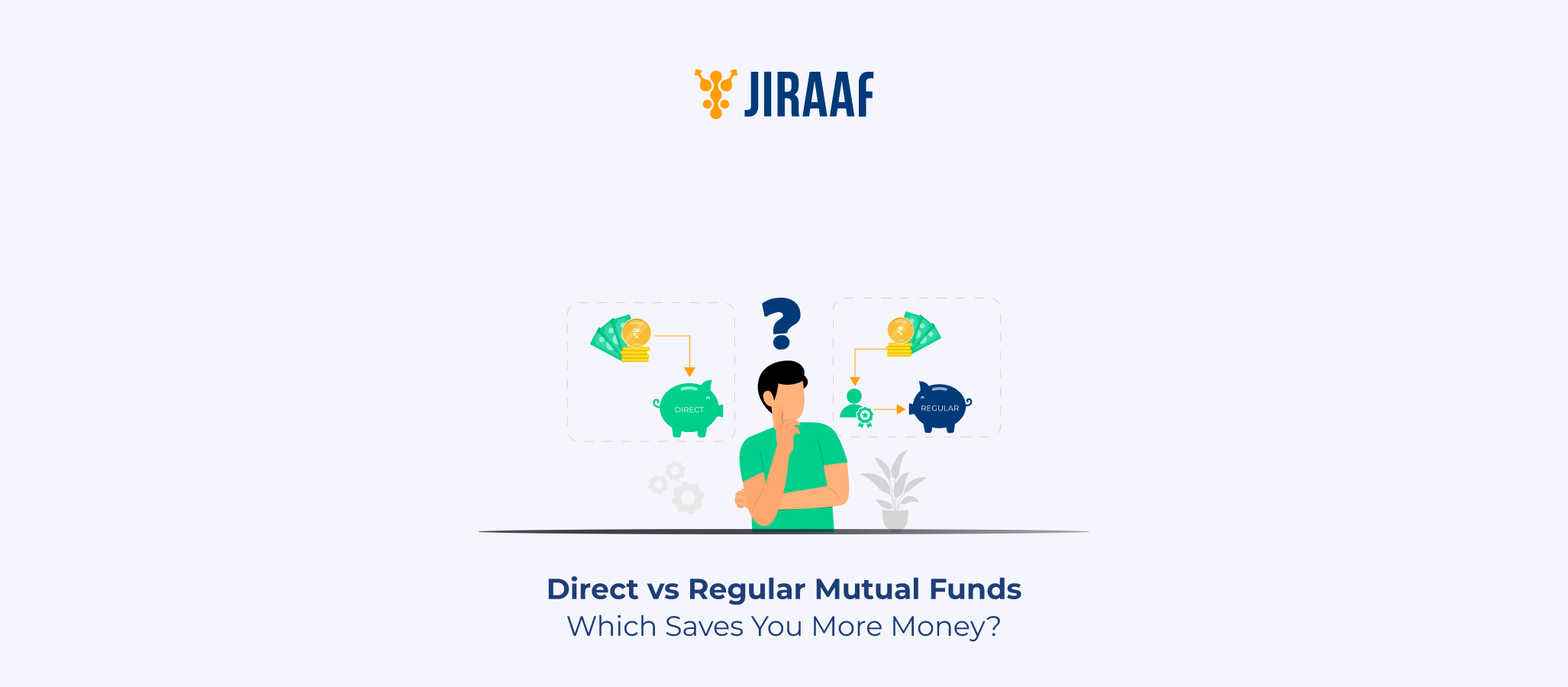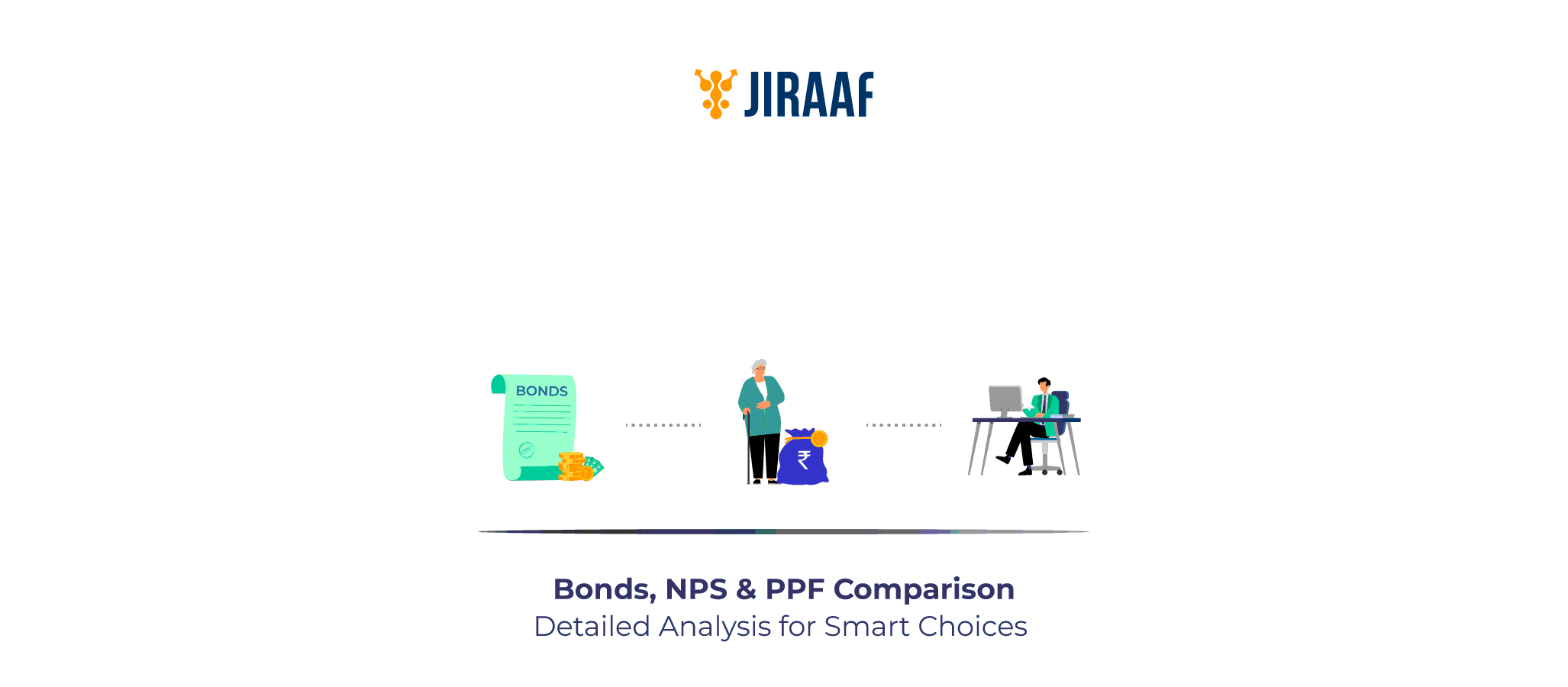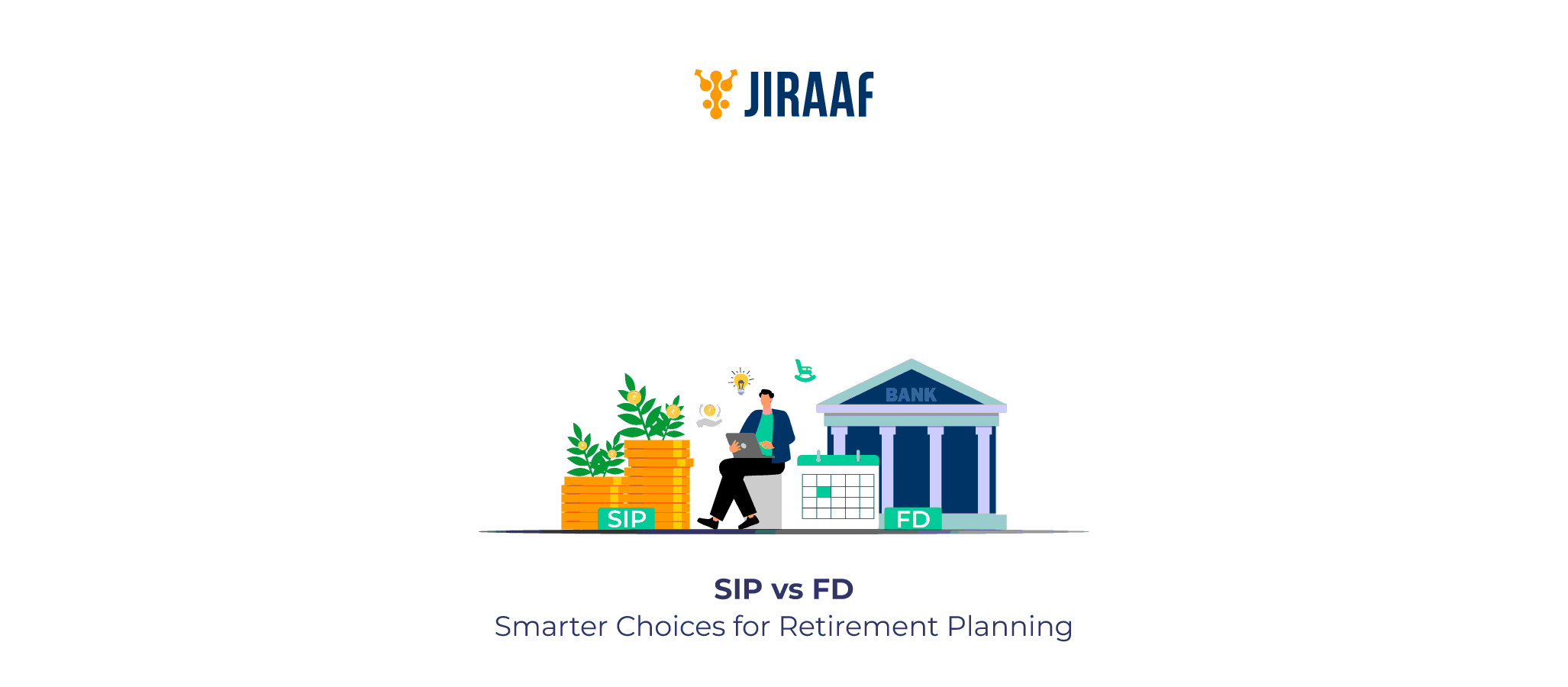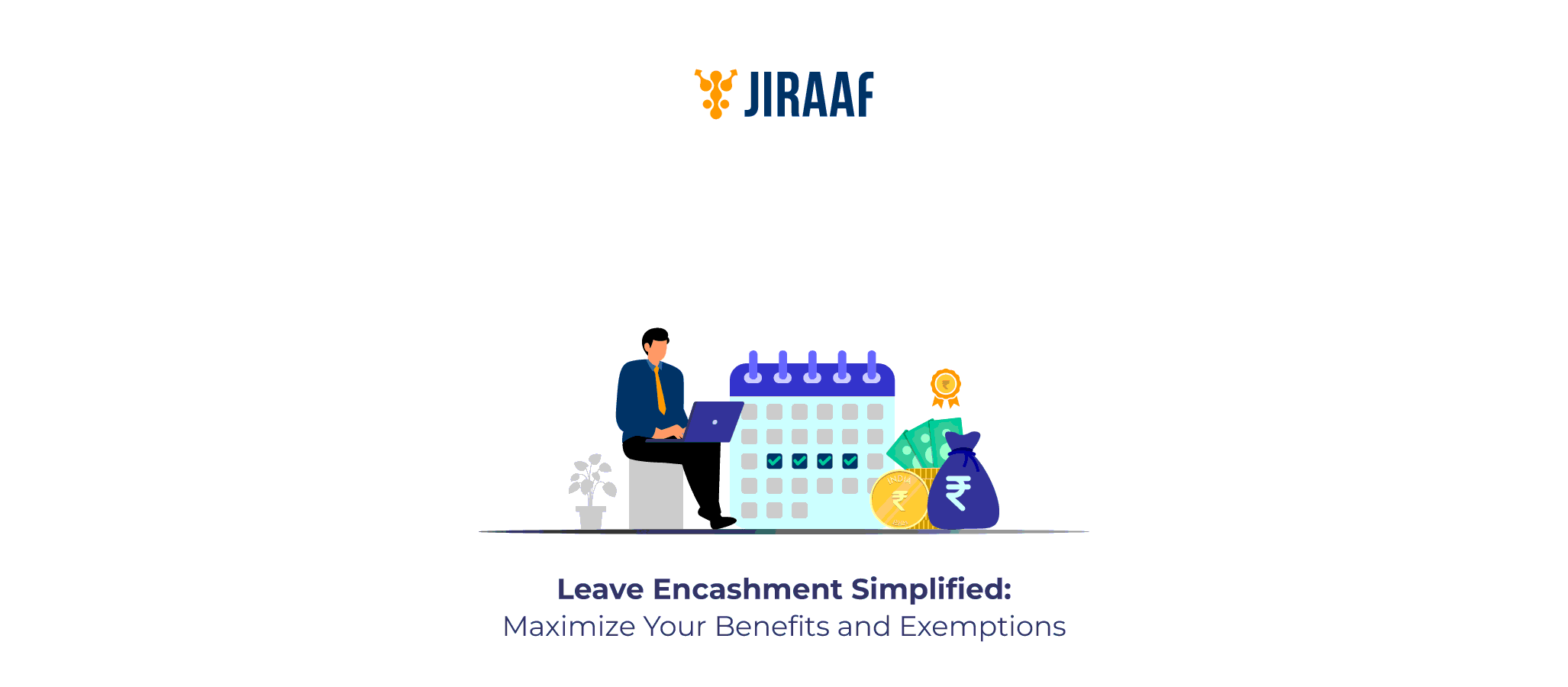Introduction to Mutual Funds
When you invest in a mutual fund, you’re tapping into a professionally managed pool of securities like equities, bonds, or hybrids. The professional asset management company (AMC) handles everything from selecting your assets to tracking their performance. The main thing you need to decide is how you want to invest – directly or via an intermediary? This decision affects your costs, control, and ultimately, your returns. Let’s break down what direct and regular mutual funds are, the differences between them, the pros and cons of each, and how to invest in them.
What Is a Direct Mutual Fund?
A direct mutual fund is one you buy straight from the AMC, without going through a broker or financial adviser. You can invest via the AMC’s website or app, or through SEBI-registered advisers who charge a separate fee. Since there’s no distributor commissions baked into the plan, the expense ratio or the annual operating cost is much lower, and you research and select the funds yourself. As a result, more of your money remains invested, helping you earn more over time. Even a 1% cut in expenses can add up to ₹10+ lakhs over 20 years. In simple words, these are great for you if you’re comfortable with managing your portfolio yourself.
What Is a Regular Mutual Fund?
With a regular mutual fund, you invest through an intermediary like an agent, broker, distributor or adviser. They handle the paperwork, select your funds, and provide continuing advice. For their service, the AMC includes a commission in the expense ratio, making it more expensive than direct plans. Although this includes an additional fee, it comes with adviser support, so you are guided with the know your customer (KYC), a systematic investment plan (SIP), and portfolio management. The fees, however, do reduce your overall returns. These are best for beginners who require guidance and are willing to accept slightly lower returns for convenience.
Direct vs Regular Mutual Fund: Key Differences
Breaking down the difference between direct and regular mutual funds can help you better decide what is more suitable for you.
| Characteristic | Direct Mutual Fund | Regular Mutual Fund |
| Intermediary | None, you invest directly. | Through a broker or adviser. |
| Total expense ratio (TER) | Lower, excludes distributor fees. | Higher, commission based. |
| Net asset value (NAV) | Higher (net of lower expenses) | Lower due to embedded fees. |
| Returns | Potentially 0.5–1% higher annually. | Slightly lower because fees chip away over time. |
| Convenience | No adviser, DIY approach needed. | Adviser support and handholding. |
| Suitable for | Informed, cost-sensitive investors. | Beginners seeking advice. |
Which Is Better: Direct or Regular Mutual Fund?
Direct Mutual Funds—Pros & Cons
Pros
- You save 0.7–1.5% annually in fees, which compounds over time.
- Investments grow faster since NAV isn’t reduced by commissions.
- Full transparency; no hidden charges.
Cons
- You need to handle research, fund selection, and tracking yourself.
- Requires financial literacy and regular monitoring.
Regular Mutual Funds—Pros & Cons
Pros
- You get professional support: goal planning, KYC assistance, portfolio monitoring.
- A relational touch – good for first-time investors.
Cons
- Higher costs eat into your returns in the long term.
- Potential conflict of interest; some advisers can push high-commission funds.
How Much Difference Does Cost Make?
Even a 0.5% annual cost difference adds up. Here’s an example:
Say you hold a ₹10,000 monthly SIP with a 12% annual return before fees and a 0.5% expense difference
After 15 years, you would get:
- Direct Plan ≈ ₹47.6 lakh
- Regular Plan ≈ ₹45.6 lakh
That ₹2 Lakh gap shows how cost compounding works in your favor with direct plans.
How to Invest in Direct Mutual Funds
There are a few steps you need to follow to go ahead with your direct mutual fund investments.
- Use AMC websites/apps or investment platforms.
- Research funds: check track record, TER, portfolio allocation.
- Complete KYC – done online or offline.
- Invest via SIP or lump sum directly through the AMC platform.
- Track your portfolio and rebalance it as needed.
Many platforms also let you switch from regular to direct plans, though it’s treated as a redemption and new investment, so capital gains tax may apply.
Conclusion: Choose What Fits Your Goal
If you’re hands-on and want higher returns with lower costs, go with direct plans. On the other hand, if you prefer professional guidance and are willing to pay for it, a regular plan makes sense. Whichever route you pick, stay informed, review regularly, and align with your goals. Both paths lead to investment success, but costs, control, and convenience will shape your journey.
FAQs
What is the difference between a direct and a regular mutual fund?
Direct plans are bought straight from AMC resulting in lower expense ratios and higher NAVs. Regular plans include broker commissions in their expense ratios.
Are direct mutual funds better than regular mutual funds?
Direct plans usually deliver higher long-term returns due to lower fees but require your own invested time for research and tracking.
Can I switch from a regular mutual fund to a direct mutual fund?
Yes, most AMCs or investment platforms let you switch. Be aware that it counts as a redemption and purchase, attracting taxes and possibly exit loads.
Do direct mutual funds offer higher returns?
Typically, 0.5–1% higher annually, which can add up to tens of thousands or more over the years.
How can I identify if my mutual fund is direct or regular?
The fund name will usually include “Direct” or “Regular”. Direct plans have lower TER and higher NAV. You can also check your CAS: regular plans list distributor ARN.
Discover fixed income investments with Jiraaf, a SEBI registered online bonds platform that educates and brings access to a wide array of bonds. Sign up today to explore diversified fixed income investment opportunities to support your goal-based wealth creation journey. Start investing!









